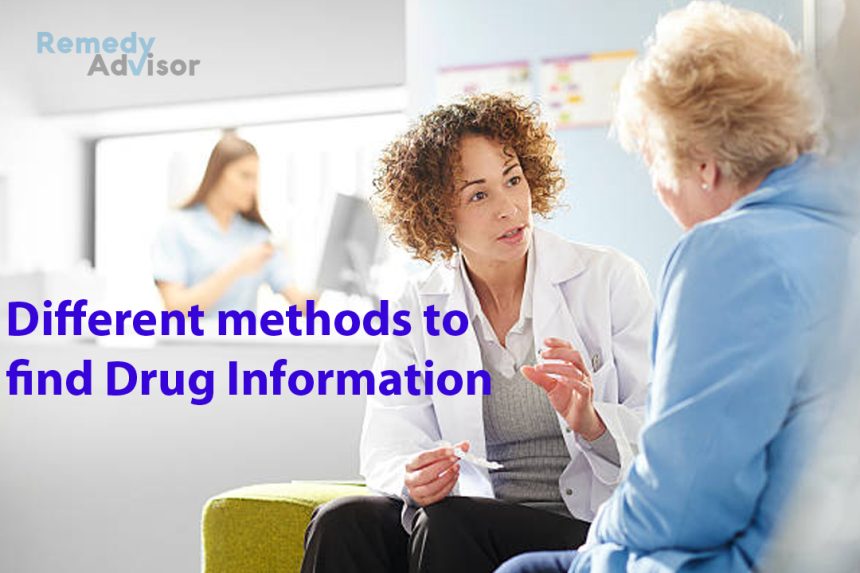Drug side effects represent more than just an annoyance. They’re one of the most frequent causes of hospitalization in the US. Some of these side effects occur as a result of a mistake by a doctor or pharmacist. Others occur when patients take their medicines incorrectly. Either way, your best protection is to learn as much as possible about every drug you’re prescribed.
Ideally, your doctor would give you all the drug information you need. But that doesn’t always happen. Many patients leave the doctor’s office without knowing even the most basic information such as how many times a day to take the drug or whether it should be taken with food.
Under managed care, the drug information problem is only getting worse. The length of the average doctor’s appointment continues to decrease, with many appointments now lasting less than 10 minutes. That means the doctor has less time to explain things.
Good doctors still make the effort. When you walk out of the office, you should know the generic and brand names of any drug you’ve been prescribed. You should also know the dosage, how to take it and what to do if you miss a dose.
The doctor should also explain common side effects, as well as the symptoms that suggest a serious problem and what to do if they appear.
Many doctors and clinics now offer patient handouts that explain medications. They’re a great idea as long as they’re written in plain English and if they aren’t used as a substitute for the brief question-and-answer session that should be a part of every doctor’s appointment.
Another good source of drug information is your pharmacist. He/she should be able to answer virtually all drug-related questions. Be sure to ask him for the “package insert” that comes with the drug.
Although the typical insert is written in nearly impenetrable “medicalese,” look through it anyway. Keep it around, too, in case you develop a problem later on.
Be sure to list for your doctor and pharmacist every medicine you’re taking. That goes for over-the-counter as well as herbal preparations, since these can interact sometimes with serious, even fatal, results with prescribed drugs. What they don’t know could hurt you
Have all your prescriptions filled at one pharmacy ideally one with a computerized prescription system. That way, your entire medication history including any drug allergies you might have will be contained within a single file. This makes it easy for your pharmacist to spot any potential drug interaction or allergic reaction.
Managed care is affecting pharmacists as well as doctors. Independent drugstores, which often provide the most personalized attention, are being squeezed out by the big chains and mail-order houses, which offer HMOs deep discounts.
Chain stores and mail-order drugs may save you money. However, you probably won’t get much drug information from them. That means you must do more homework and find resources. Fortunately, several good consumer guides to drugs are available.







